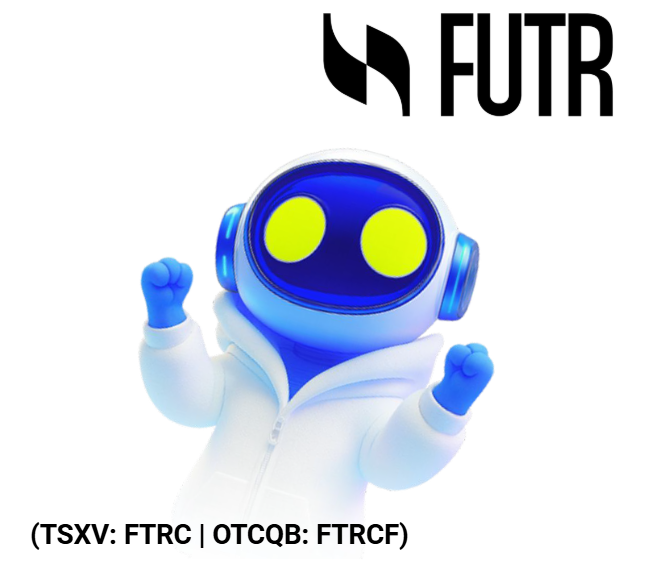AI-Driven Impersonation: A New Class of Threat Actor

"Malicious actors are using text messages and AI-generated voice messages to impersonate senior U.S. officials in a scheme to gain access to the personal accounts of state and federal government officials, the FBI said on Thursday."
— Reuters, May 2025.1
In one of the most high-profile cyber incidents of 2025, the FBI launched a federal investigation into a targeted impersonation campaign involving White House Chief of Staff Susie Wiles.2 Attackers used advanced AI-generated voice synthesis to convincingly replicate Wiles' speech patterns and tone, crafting fraudulent voice messages sent via encrypted messaging platforms to political figures and business leaders.
These AI-enabled communications requested highly sensitive materials, including confidential pardon lists and large financial transfers. Intelligence officials are treating this event not as an isolated scam, but part of a broader campaign aligned with “smishing” and “vishing” efforts previously warned about by the FBI on May 15. These tactics are being linked to organized cybercriminal groups and possible state-sponsored actors with access to large-scale training data and compute power.3
Strategic Implications
This incident represents a growing intersection between AI, voice biometrics, and trust-based cyberattacks — a threat vector that is difficult to detect with traditional cybersecurity infrastructure.
- Target Profile Expansion: High-level public officials and corporate executives are increasingly being targeted for high-value intelligence and financial extraction.
Prevalence of AI-Powered Attacks: A recent report indicates that 87% of global organizations experienced AI-powered cyberattacks in the past year, highlighting the widespread nature of these threats. 4
- AI Weaponization: As synthetic media technology matures, attackers now exploit real-time deepfake voice and video to bypass human verification processes.
Increase in AI-Generated Phishing: Credential phishing attacks surged by 703% in the latter half of 2024, attributed to the availability of AI-generated phishing kits that mimic legitimate communications.5
- Regulatory Urgency: Calls are intensifying for new legislation addressing the use of generative AI in impersonation crimes, with policymakers under pressure to act.
Challenges in Detecting AI-Generated Content: Studies have shown that 66% of individuals failed to recognize AI-generated audio as fake, while 43% could not identify AI-generated videos as fraudulent, underscoring the effectiveness of these deceptive tools. 6
Legislative Initiatives: The reintroduction of the "NO FAKES Act" aims to protect individuals from unauthorized AI-generated deepfakes and voice clones, mandating platforms to remove such content upon notification.
Market Growth and Financial Performance
The global cybersecurity market is projected to reach around $230 billion by 2025 and is expected to surpass $400 billion by 2035, growing at a compound annual growth rate (CAGR) between 7% and 12% according to multiple industry reports.7 This growth is driven by escalating cyber threats, regulatory demands, and widespread digital transformation.
The AI in cybersecurity segment is expanding even faster, with forecasts estimating it could reach $100 billion to over $230 billion by 2035, growing at a CAGR exceeding 20%.8
Revenue across cybersecurity could exceed $1 trillion over the next decade, fueled by investments in AI-powered defense platforms, cloud security, and zero-trust architectures. This sector is becoming essential amid rising geopolitical tensions, IoT adoption, and the expansion of remote work models. Major cybersecurity firms and ETFs like the ETFMG Prime Cyber Security ETF (HACK) reflect growing investor interest and market consolidation.9
ArcStone’s View
The cybersecurity landscape is rapidly evolving as generative AI empowers both defenders and attackers. Threats like AI-driven impersonation, deepfakes, and autonomous phishing highlight a shift from technical breaches to psychological manipulation and trust erosion.
Short-term risks are rising, with many organizations struggling to detect and respond to these new threats. Despite growing investments, integration, oversight, and regulation lag behind, leaving businesses vulnerable without AI-aware defenses and behavioral verification.
In the future, AI-driven cybersecurity—such as defense systems, digital identity protection, and dynamic risk modeling—will be essential for resilience. This shift demands rethinking talent, compliance, and response strategies across organizations.
For investors, cybersecurity offers a hedge and growth potential amid geopolitical tensions and regulatory pressures. However, the market remains volatile and competitive, with AI innovators facing rapid consolidation.
Success will require more than technology: strategic foresight, agility, and continuous innovation will define leaders in this critical digital era.
About ArcStone Securities and Investments Corp.
ArcStone Securities and Investments Corp. is a leading financial services firm specializing in capital markets, corporate finance, and strategic advisory services. We assist clients with financings, navigating IPOs and RTOs, and executing mergers and acquisitions with precision and expertise. Additionally, we provide comprehensive debt financing solutions and a wide range of financial services to meet the unique needs of our clients. Our dedicated team of professionals offers tailored solutions to help businesses achieve their financial objectives and thrive in a competitive market. Discover how ArcStone can support your growth journey by visiting our website at arcstoneglobalsecurities.com.
ArcStone Financial Pulse Team
Stay informed with the latest market trends and investment insights from ArcStone Securities and Investments Corp. Subscribe to our newsletter for more detailed reports and analysis.





